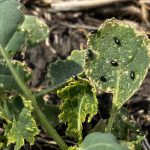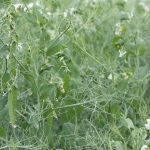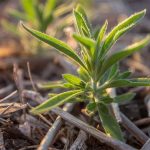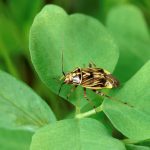Vertical, indoor farms have generated hype and have bee touted for their ability to reduce Canadian reliance on U.S. produce imports, but checking financial boxes has been an issue
Search Results for:
Search filters
- « Any Date
- Past 1 week (1)
- Past 2 months (6)
- Past 4 months
- Any Publication
- Manitoba Co-operator (14)
- Agcanada (9)


Precision 4R cuts farm greenhouse gas emissions
Lower areas in your field tend to emit more greenhouse gas, research shows that precision 4R nutrient stewardship practices can help mute the trend

Flea beetle control goes outside the box at Ag in Motion
The stops at the 2025 Ag in Motion farm show feature an entomologist experimenting with trap crops and marigolds as concepts to control flea beetles.

Too much waterhemp to destroy in parts of Manitoba
Waterhemp is too established to eradicate in 28 Manitoba municipalities, according to the province. The invasive weed has been reclassified as Tier 2 on the noxious weed list.

Canada may struggle to find markets for its peas
Canada’s competition for its piece of global pea sales is expected to heat up as Russia expects a bigger pea crop in 2025.

Farmers, don’t get trapped by herbicide resistance
Canada’s farmers can stretch out how long herbicides work, but nature is designed to help weeds develop herbicide resistance eventually.

Keep it Clean flags new 2025 farm chemical risks
Keep it Clean’s 2025 list, meant to warn farmers about marketing hurdles tied to specific agri-chemical use, has updated its guidance on cereal and lentil pesticides

VIDEO: What’s that weed seedling?
Identifying weeds while they’re still small and easier to control can save the farmer from big weed problems later in the season

Get the most from fusarium head blight risk maps
Fusarium head blight forecasts offer key information when Manitoba farmers are trying to decide whether they need to apply fungicide against the disease in their 2025 cereal crops.

Too early to check winter cereal survival
Manitoba’s weather in the first half of April wasn’t warm enough for winter wheat and fall rye to consistently grow






